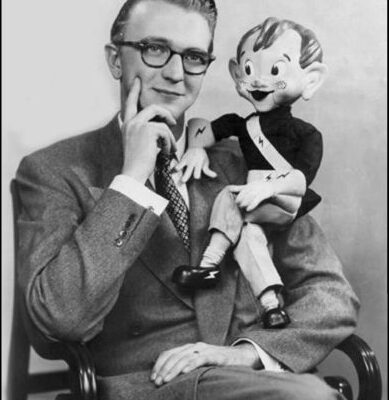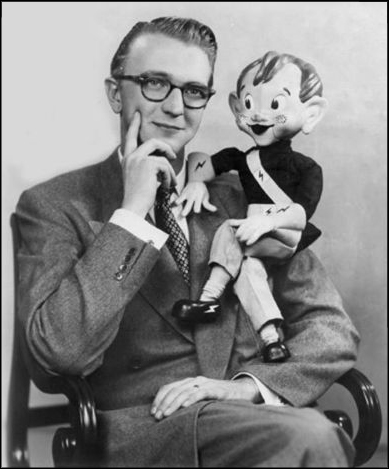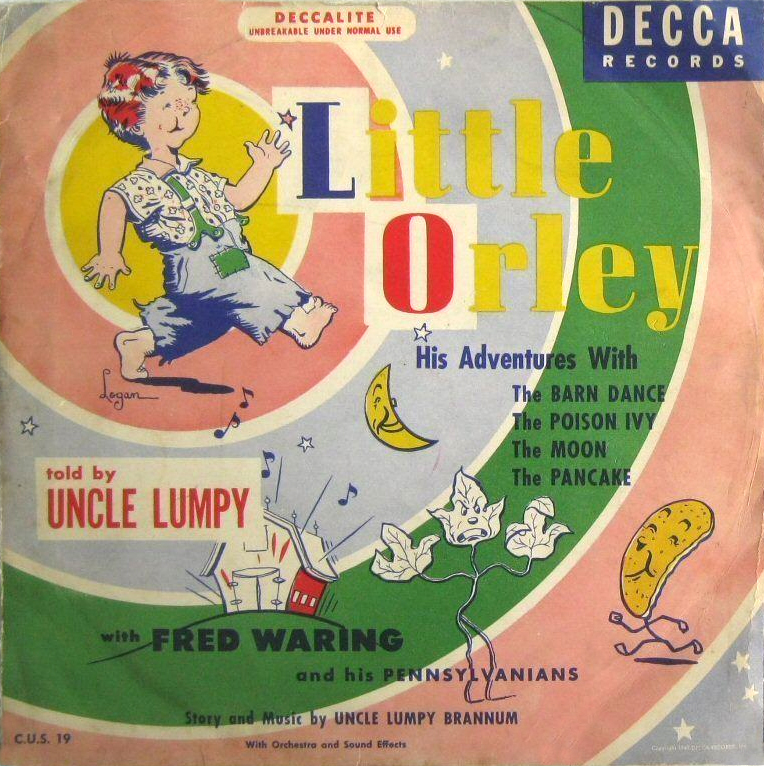Official announcement that a $500 thousand National Guard armory would be constructed in Johnson City was welcomed by numerous organizations who had long wished for such a place to hold meetings. The new facility was located on a 30-acre tract of land just off the New Jonesboro Highway (11E, left side traveling west) near what was then the city limits.
The new armory, after completion, made possible many types of gatherings that were previously prohibited for lack of suitable facilities. Colonel Clarence W. Taylor, commander of the five-unit 130th Tank Battalion, National Guard, said that worthwhile meetings of all groups, including religious and political, would be welcomed to use the armory's facilities.
With Johnson City becoming known throughout Tennessee as the “convention city,” Chamber of Commerce-minded residents were looking forward to bringing even more out-of-towners here after the armory was completed. The assembly room was designed to seat 3,000 persons.

Sketch of the New Armory That was Built on the New Jonesboro (Jonesborough) Highway
The armory grounds included amply parking facilities for all cars even after the assembly room was filled to capacity. The new armory was consistent with plans to help make Johnson City and Washington County a better place to live.
Most meetings of organizations and presentations of programs had previously been held at the John Sevier Hotel, the Country Club, East Tennessee State College Memorial Gymnasium and City Hall in some instances.
For many meetings, the John Sevier and the Country Club were far too small, although they provided excellent facilities for crowds which they could accommodate. The State College Gym was much too large for smaller gatherings and City Hall was too small for larger ones.
The serving of meals put the John Sevier and the Country Club into a separate class for banquets and dinner meetings. The new armory was not expected to have any significant impact on that need. However, kitchen facilities were included in the armory's ultra-modern structure if groups wished to prepare their own food.
Conference and study rooms, designed to be used mainly by members of the National Guard, were used for small group meetings at the Armory. The assembly room, which included a stage, was built to be used for all sorts of rallies and meetings, which attracted a sizable group of visitors.
The armory was ideal for plays, band concerts, sporting events and about anything that needed a gymnasium. It helped remove some of the conflict in the often-crowded schedule of functions in the city and county.
Those groups which used the armory were to be charged a proportionate share of the extra costs of operation caused by their having a meeting, such as cleanup and utilities. The cost proved to be very low, and in many cases, no amount was charged. The city of Johnson City and Washington County, which promoted the armory project, were asked to contribute $30 thousand in funds and services, which included landscaping and grounds improvements.
The federal government paid 75 percent of the bill on the armory, which comprised a $100 thousand service building for National Guard use only. The state came through with the rest of the cost.
Since taxpayers provided the funds for the armory, Nations Guard officials felt that the public needed to use the new structure as often as possible. According to Colonel Taylor, arranging a meeting was as simple as making a telephone call.
When completed, the armory was among the most modern ones in the United States. Washington County residents were proud to have in their midst, a new half-million dollar institution, designed to be of use intellectually, economically and for its contribution to nation defense.










